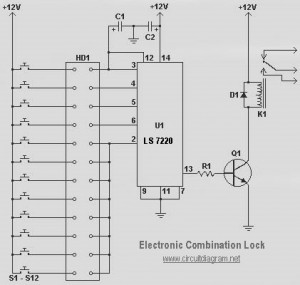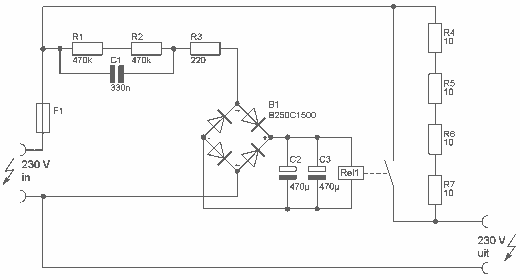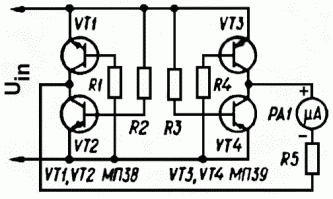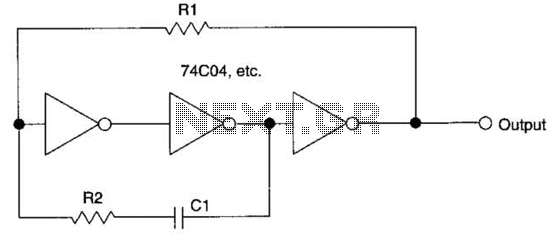
Lc Tuned Amplifiers Circuit

This basic tuned LC amplifier can be used with three output coupling methods: capacitive coupling output, capacitive tapped output, or link-coupled output.
The tuned LC amplifier is a fundamental circuit used in various applications, including radio frequency (RF) amplification and signal processing. It consists of an inductor (L) and a capacitor (C) arranged in a resonant configuration, allowing it to selectively amplify signals at a specific frequency determined by the LC values.
The three output coupling methods provide flexibility in interfacing the amplifier with different circuit stages or loads:
1. **Capacitive Coupling Output**: This method involves using a capacitor to connect the output of the amplifier to the subsequent stage. The capacitor blocks any DC component while allowing AC signals to pass through, ensuring that the amplifier can effectively transmit the amplified signal without affecting the biasing of the next stage. This is particularly useful in applications where DC isolation is required.
2. **Capacitive Tapped Output**: In this configuration, a capacitor is tapped at a specific point in the amplifier circuit, allowing for a portion of the amplified signal to be extracted without affecting the overall operation of the amplifier. This method is advantageous for applications that require a specific signal level or for creating multiple output paths from a single amplifier stage.
3. **Link-Coupled Output**: This coupling method employs a transformer or a similar inductive link to transfer the amplified signal to the next stage. Link coupling is beneficial for impedance matching, as it can help maximize power transfer between stages. It also provides additional isolation and can enhance the frequency response of the overall system.
In summary, the basic tuned LC amplifier's versatility and the variety of output coupling methods available make it suitable for diverse applications in electronic circuits, particularly in RF and audio systems. Each coupling method offers unique advantages, allowing designers to select the most appropriate configuration based on specific requirements and constraints. This basic tuned LC amplifier can be used with three output coupling methods. They are capac-itive coupling output, capacitive tapped output, or link-coupled output.
The tuned LC amplifier is a fundamental circuit used in various applications, including radio frequency (RF) amplification and signal processing. It consists of an inductor (L) and a capacitor (C) arranged in a resonant configuration, allowing it to selectively amplify signals at a specific frequency determined by the LC values.
The three output coupling methods provide flexibility in interfacing the amplifier with different circuit stages or loads:
1. **Capacitive Coupling Output**: This method involves using a capacitor to connect the output of the amplifier to the subsequent stage. The capacitor blocks any DC component while allowing AC signals to pass through, ensuring that the amplifier can effectively transmit the amplified signal without affecting the biasing of the next stage. This is particularly useful in applications where DC isolation is required.
2. **Capacitive Tapped Output**: In this configuration, a capacitor is tapped at a specific point in the amplifier circuit, allowing for a portion of the amplified signal to be extracted without affecting the overall operation of the amplifier. This method is advantageous for applications that require a specific signal level or for creating multiple output paths from a single amplifier stage.
3. **Link-Coupled Output**: This coupling method employs a transformer or a similar inductive link to transfer the amplified signal to the next stage. Link coupling is beneficial for impedance matching, as it can help maximize power transfer between stages. It also provides additional isolation and can enhance the frequency response of the overall system.
In summary, the basic tuned LC amplifier's versatility and the variety of output coupling methods available make it suitable for diverse applications in electronic circuits, particularly in RF and audio systems. Each coupling method offers unique advantages, allowing designers to select the most appropriate configuration based on specific requirements and constraints. This basic tuned LC amplifier can be used with three output coupling methods. They are capac-itive coupling output, capacitive tapped output, or link-coupled output.





